Introduction
Chile morita and chipotle peppers are often confused, but they have distinct flavors and culinary uses. This guide explains the differences between these smoked jalapeños, how to use chile morita in salsas, rubs, and gourmet dishes, and expert tips for buying, storing, and substituting. With a Scoville rating of 2,500–5,000, chile morita delivers balanced smoky-sweet heat perfect for home cooks and chefs alike.
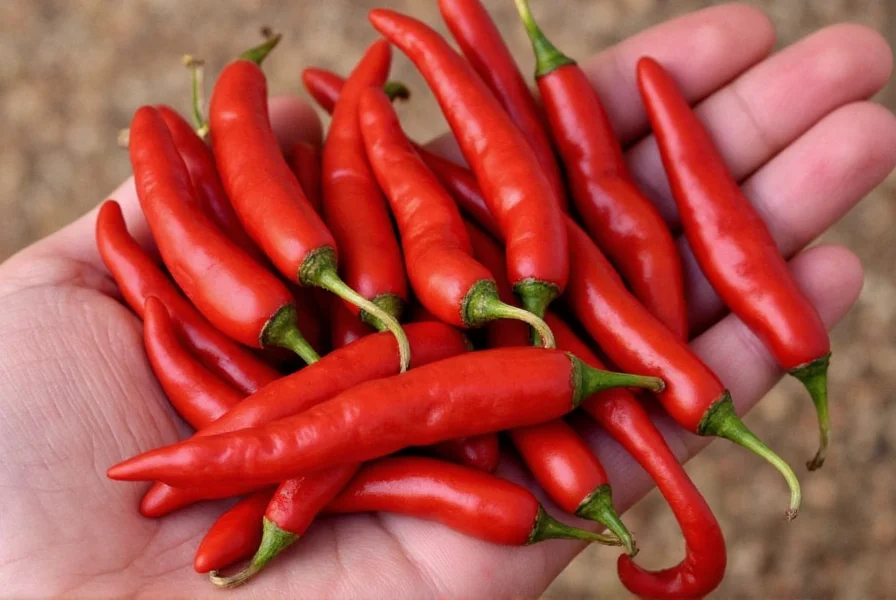
What Is Chile Morita?
Chile morita is a smoked, dried jalapeño pepper originating from Mexico. The name "morita" (Spanish for "little blackberry") refers to its dark reddish-purple color when fully matured. Unlike fresh green jalapeños, moritas are harvested later and smoke-dried, developing a wrinkled texture and complex flavor profile. While similar to chipotle, moritas are typically picked earlier, resulting in a brighter color and slightly less intense smokiness than chipotles.
| Characteristic | Chile Morita | Chipotle |
|---|---|---|
| Color | Reddish-purple | Brownish-black |
| Smokiness | Moderate | Intense |
| Texture | Soft, flexible | Firm, leathery |
| Heat Level (Scoville) | 2,500–5,000 | 2,500–8,000 |
| Typical Use | Salsas, moles, soups | Stews, sauces, marinades |
Source: Culinary Institute of America's Pepper Guide
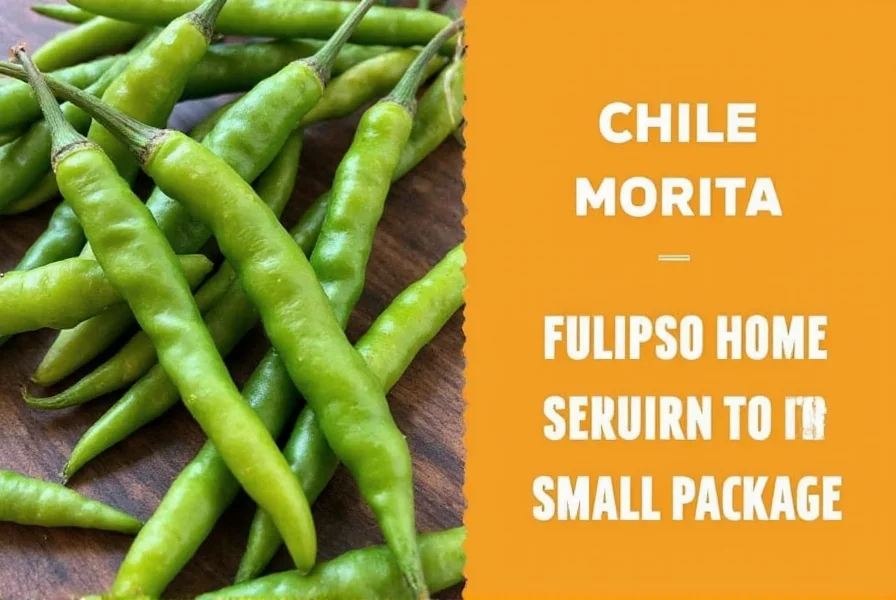
Flavor Profile & Heat Level
Chile morita offers a balanced heat (2,500–5,000 Scoville) with rich, smoky undertones developed during drying. Its flavor profile includes sweet, fruity notes and subtle tobacco hints from caramelized sugars. Unlike chipotles, moritas have brighter acidity and less earthiness, making them ideal for dishes where smokiness shouldn't overpower other ingredients.
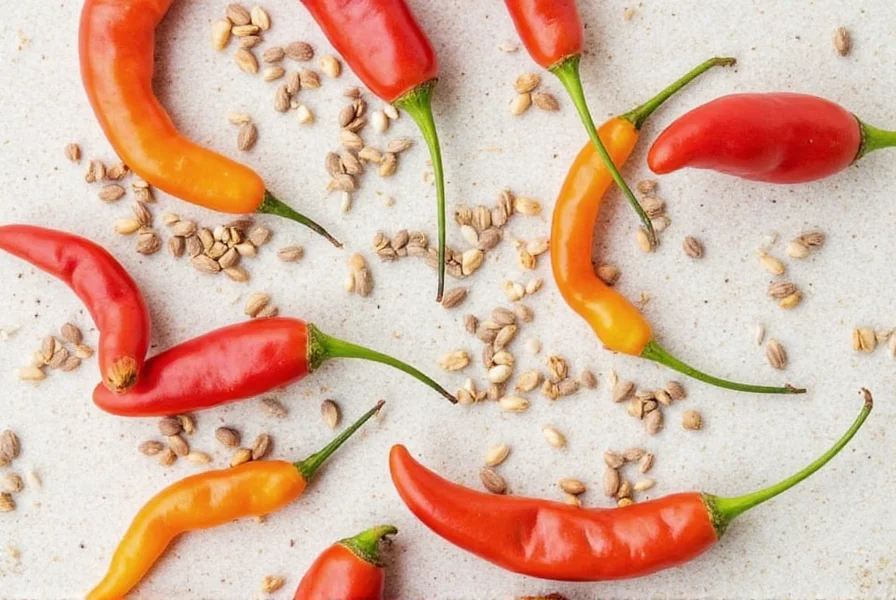
Uses in Everyday and Gourmet Cuisine
Chefs worldwide use chile morita for its versatile smoky depth. Here are expert-approved applications:
- Authentic Salsas: Blend 2 rehydrated moritas with 1 cup diced tomatoes, 1/4 cup finely chopped onion, 1 garlic clove, and lime juice for a restaurant-quality salsa.
- Mojo de Ajo: Replace regular chiles with moritas in garlic sauce for grilled shrimp or chicken.
- Bean Enhancer: Add 1 whole morita to simmering black beans for subtle warmth without overwhelming heat.
- Rubs & Marinades: Mix 1 tbsp ground morita powder with 2 tbsp brown sugar, 1 tsp cumin, and salt for steak or pork ribs.
- Broth Depth: Toss 1 whole pod into vegetable or chicken broth for 10 minutes to infuse smoky complexity.
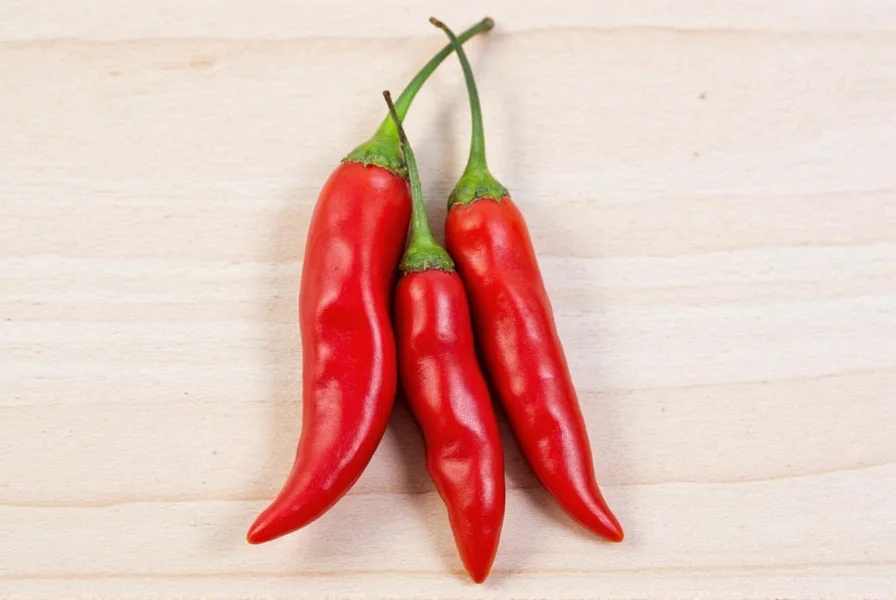
Buying Guide: How to Choose the Best Chile Morita
Disclosure: We may earn a commission if you purchase through these links. This supports our content while maintaining unbiased recommendations.
- Appearance: Look for pliable, dark red-purple pods without brittleness or mold spots.
- Aroma: Should smell smoky-sweet; avoid musty or off odors.
- Origin: Authentic moritas come from Jalisco or Michoacán, Mexico. Look for "Made in Mexico" labels.
- Form: Whole pods for rehydration (best for sauces), flakes for sprinkling, powder for rubs.
| Product | Description | Best For |
|---|---|---|
| La Morena Chile Morita Pods | Authentic Mexican whole chiles with balanced smokiness and flexibility | Rehydrating, salsas, soups |
| MexGrocer Chile Morita Flakes | Medium-sized flakes that retain flavor well | Cooking oils, sprinkling over tacos, stews |
| Don Francisco Chile Morita Powder | Finely ground powder with intense flavor | Dry rubs, spice mixes, marinades |
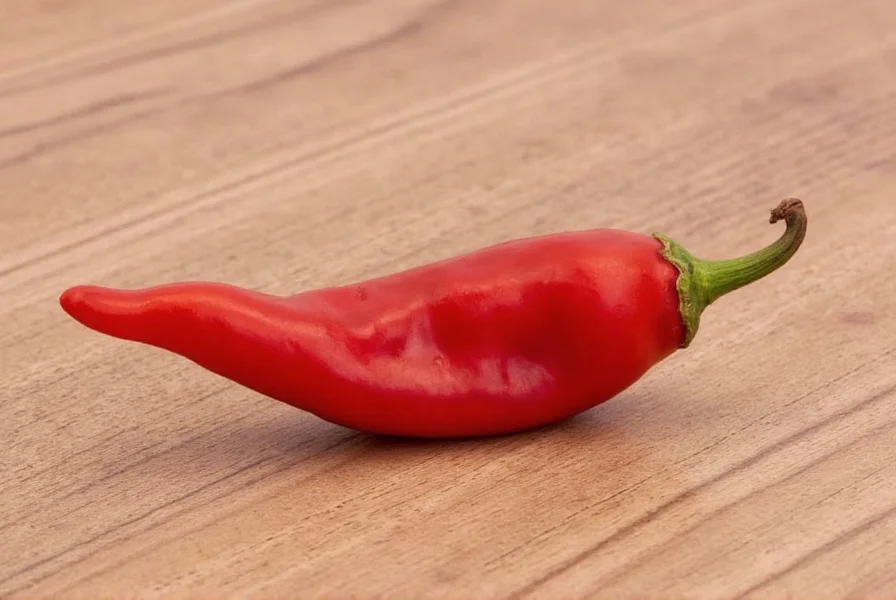
Storage Tips for Freshness and Flavor
Proper storage preserves chile morita's complex flavors for months:
- Airtight Containers: Store whole pods in glass jars or zip-top bags in cool, dark places (up to 1 year).
- Freezing: Seal in freezer bags for up to 2 years; use directly from frozen for maximum flavor retention.
- Powder Storage: Keep ground morita in opaque containers away from light and moisture (6-12 months).
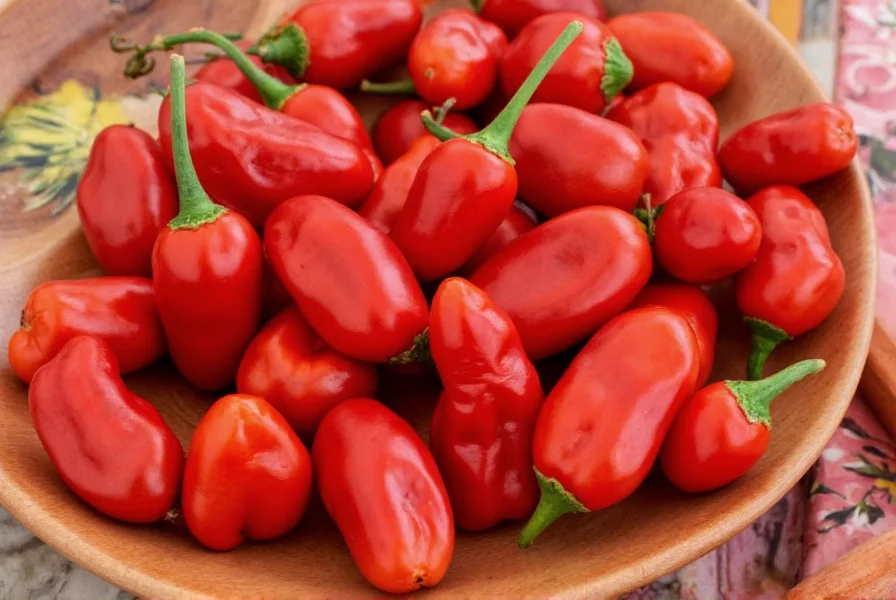
Creative Cooking Ideas with Chile Morita
These 5 chef-tested recipes showcase chile morita's versatility:
- Smoked Chile Morita Butter: Blend 1/2 cup softened butter with 1 tsp ground morita powder and pinch of salt. Perfect for grilled corn or steak.
- Morita-Infused Olive Oil: Warm 1 cup olive oil with 3 crushed morita pods for 10 minutes. Strain and drizzle over pasta or roasted vegetables.
- Spicy Morita Popcorn Seasoning: Mix 2 tbsp ground morita powder with 1 tbsp nutritional yeast and 1 tsp sea salt.
- Morita Hot Chocolate: Add 1/4 tsp ground morita to hot cocoa for a warming, complex twist.
- Chile Morita Honey Glaze: Simmer 1/2 cup honey with 2 whole morita pods for 5 minutes. Ideal for chicken wings or cheese boards.
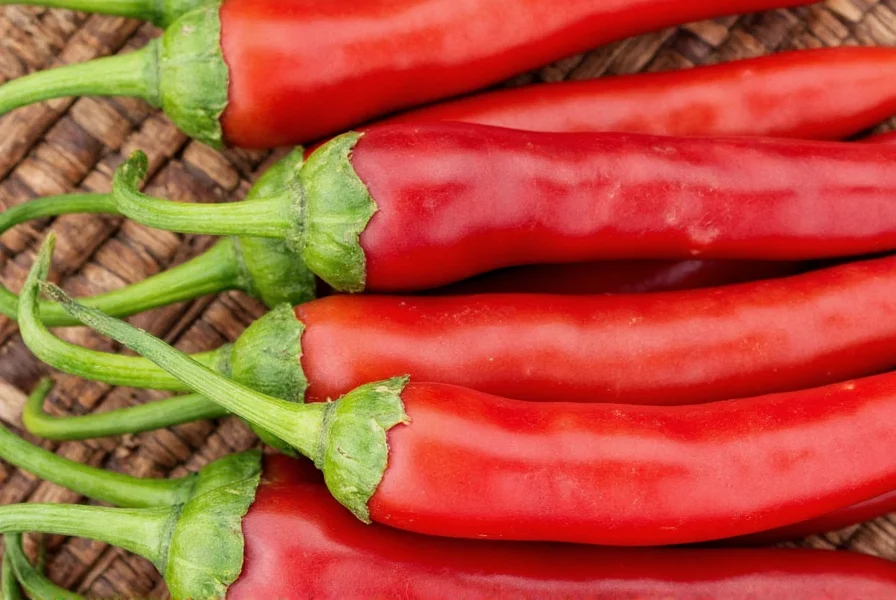
FAQs About Chile Morita
Is chile morita hotter than chipotle?
Generally no. Chipotles are typically hotter (up to 8,000 Scoville) due to full ripening before smoking. Moritas average 2,500-5,000 Scoville with more balanced heat.
Can I substitute chile morita with other peppers?
Yes! Chipotle is closest for smokiness, guajillo for mild sweetness, or ancho for milder heat. For more heat, try pasilla or arbol chiles.
How do I rehydrate chile morita?
Soak whole pods in hot water for 20-30 minutes until pliable. Drain and blend with other ingredients for sauces or pastes.
Can I eat chile morita raw?
Not recommended. Dried chiles are tough and bitter raw. Always rehydrate or grind to unlock flavor.
Where can I buy authentic chile morita?
Look for Mexican grocery stores, specialty spice shops, or trusted online retailers. Verify "Made in Mexico" labeling and check for Jalisco or Michoacán origin.
What's the shelf life of chile morita?
Whole pods: 1-2 years in airtight containers. Ground powder: 6-12 months. Freezing extends shelf life to 2 years while preserving flavor compounds.
How does chile morita compare to fresh jalapeños?
Chile morita is a smoked, dried jalapeño variant. Fresh jalapeños are crisp and grassy with sharp heat, while moritas offer concentrated smokiness, sweetness, and integrated heat.
Conclusion
Chile morita delivers a unique harmony of smoky depth and balanced heat that elevates both everyday meals and gourmet creations. Whether you're making salsas, rubs, or innovative dishes like morita-infused hot chocolate, this versatile pepper deserves a place in your pantry. For best results, source authentic Mexican-grown moritas and follow proper storage techniques to preserve their complex flavor profile.
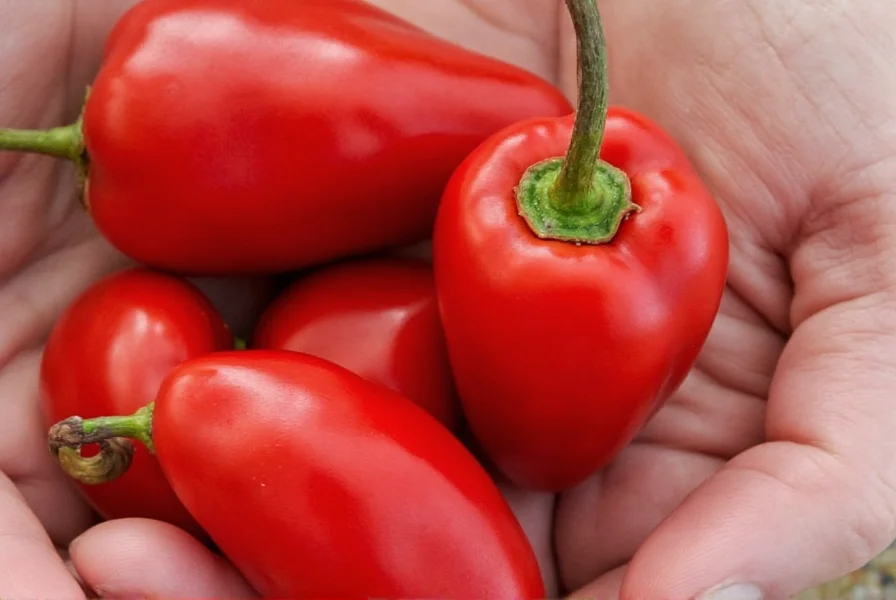

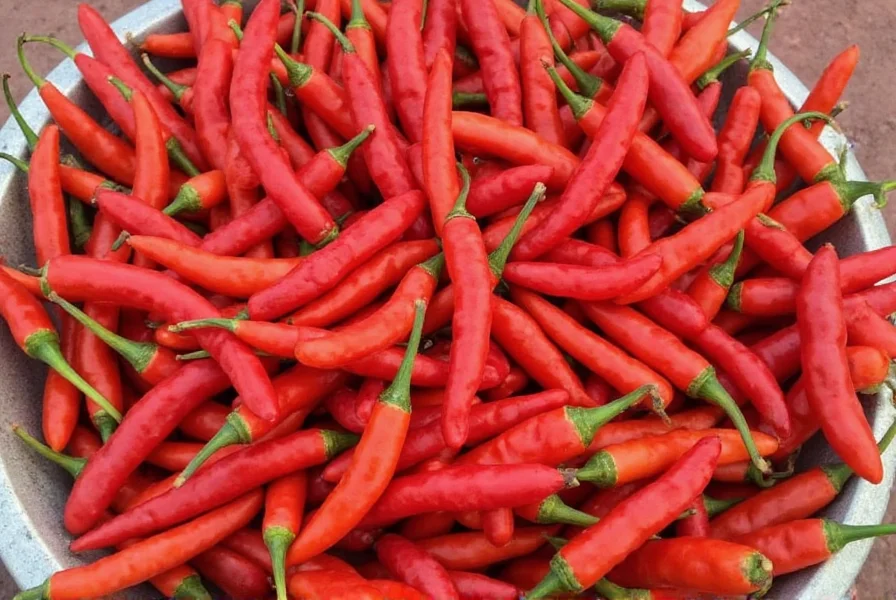









 浙公网安备
33010002000092号
浙公网安备
33010002000092号 浙B2-20120091-4
浙B2-20120091-4